

- RFQ
- BOM
-
Contact Us
Tel: +86-0755-83501315
Email: sales@sic-components.com
- Chinese
- English
- French
- German
- Portuguese
- Spanish
- Russian
- Japanese
- Korean
- Arabic
- Irish
- Greek
- Turkish
- Italian
- Danish
- Romanian
- Indonesian
- Czech
- Afrikaans
- Swedish
- Polish
- Basque
- Catalan
- Esperanto
- Hindi
- Lao
- Albanian
- Amharic
- Armenian
- Azerbaijani
- Belarusian
- Bengali
- Bosnian
- Bulgarian
- Cebuano
- Chichewa
- Corsican
- Croatian
- Dutch
- Estonian
- Filipino
- Finnish
- Frisian
- Galician
- Georgian
- Gujarati
- Haitian
- Hausa
- Hawaiian
- Hebrew
- Hmong
- Hungarian
- Icelandic
- Igbo
- Javanese
- Kannada
- Kazakh
- Khmer
- Kurdish
- Kyrgyz
- Latin
- Latvian
- Lithuanian
- Luxembou..
- Macedonian
- Malagasy
- Malay
- Malayalam
- Maltese
- Maori
- Marathi
- Mongolian
- Burmese
- Nepali
- Norwegian
- Pashto
- Persian
- Punjabi
- Serbian
- Sesotho
- Sinhala
- Slovak
- Slovenian
- Somali
- Samoan
- Scots Gaelic
- Shona
- Sindhi
- Sundanese
- Swahili
- Tajik
- Tamil
- Telugu
- Thai
- Ukrainian
- Urdu
- Uzbek
- Vietnamese
- Welsh
- Xhosa
- Yiddish
- Yoruba
- Zulu
- Kinyarwanda
- Tatar
- Oriya
- Turkmen
- Uyghur
Clock Generators
Clock generators ICs (https://www.sic-components.com/clock-generators-plls-frequency-synthesizers) are a crucial type of integrated circuit in electronic systems. They are designed to produce stable and precise clock signals, which serve as the timing reference for various components within a circuit. These signals are essential for coordinating the operation of microprocessors, memory chips, and other digital components, ensuring that data is processed and transferred accurately and efficiently.
How Do Clock Generators ICs Work?
Clock generators (https://www.sic-components.com/clock-generators-plls-frequency-synthesizers) typically rely on an oscillator as the source of their clock signals. Common oscillators used in clock generators include quartz oscillators and MEMS (Micro - Electro - Mechanical Systems) oscillators. Quartz oscillators, for example, operate based on the piezoelectric effect. When an electric field is applied to a quartz crystal, it vibrates at a specific frequency, generating a stable electrical signal.
The generated oscillator signal is then processed through a series of circuits within the clock generator IC. These circuits can perform functions such as frequency division, multiplication, and phase adjustment. For instance, frequency division circuits can take a high - frequency oscillator signal and divide it into lower - frequency signals suitable for different components in the system. Phase - locked loops (PLLs) are often used in clock generators to lock onto a reference frequency and generate an output frequency that is a multiple or fraction of the reference, while maintaining a stable phase relationship.
Types of Clock Generators ICs (https://www.sic-components.com/clock-generators-plls-frequency-synthesizers)
Quartz - Based Clock Generators: These use quartz oscillators to generate highly stable clock signals. The accuracy and stability of quartz oscillators make them suitable for applications that require precise timing, such as in high - end computing systems, telecommunications equipment, and scientific instruments.
MEMS - Based Clock Generators: MEMS - based clock generators offer advantages like small size, low power consumption, and high reliability. They are increasingly being used in portable devices, such as smartphones and wearable electronics, where space and power constraints are critical.
PLL - Based Clock Generators: Phase - locked loop - based clock generators are capable of generating a wide range of frequencies by locking onto a reference signal. They can be programmed to produce different output frequencies, making them versatile for various applications. For example, in a networking switch, a PLL - based clock generator can provide the specific clock frequencies required for different communication interfaces.
Functions of Clock Generators ICs
Synchronization: One of the primary functions of clock generators is to synchronize the operation of multiple components in an electronic system. By providing a common clock signal, they ensure that data is transferred and processed at the correct time, preventing data errors and system malfunctions.
Frequency Generation: Clock generators are responsible for generating the specific clock frequencies needed by different components. For example, a microprocessor may require a high - frequency clock signal for fast processing, while a peripheral device may operate at a lower frequency. The clock generator can produce these different frequencies to meet the requirements of each component.
Clock Signal Distribution: They distribute the generated clock signals to all the necessary components in the system. This ensures that every component receives a stable and accurate clock signal, regardless of its location on the circuit board.
Advantages and disadvantages of Clock Generators ICs
Advantages
High Precision: Clock generators can produce highly accurate and stable clock signals, which is crucial for applications that require precise timing, such as in communication systems where even small timing errors can lead to data loss.
Flexibility: Many clock generators offer programmable features, allowing users to adjust the output frequency, phase, and other parameters according to their specific requirements. This flexibility makes them suitable for a wide range of applications.
Integration: They can be integrated into a single chip, reducing the overall size and complexity of electronic circuits. This integration also improves the reliability of the system by minimizing the number of external components.
Disadvantages
Sensitivity to Environmental Factors: Some clock generators, especially those with quartz oscillators, can be sensitive to temperature, humidity, and mechanical vibrations. These environmental factors can affect the accuracy and stability of the clock signal, potentially leading to system errors.
Cost: High - performance clock generators with advanced features, such as low jitter and wide frequency range, can be relatively expensive. This cost can be a limiting factor, especially in cost - sensitive applications.
Applications of Clock Generators ICs
Computing Systems: In computers, clock generators are used to provide the clock signals for the CPU, memory, and other components. The clock generator ensures that all components operate in sync, enabling fast and reliable data processing.
Telecommunications: In telecommunications equipment, such as base stations and routers, clock generators play a vital role in generating the precise clock signals required for data transmission and reception. Accurate timing is essential for maintaining the integrity of the communication signal.
Consumer Electronics: Clock generators are also used in consumer electronics devices, such as smartphones, tablets, and smartwatches. They help to synchronize the operation of various components, ensuring smooth performance and reliable functionality.
How to Choose Clock Generators ICs
Frequency Requirements: Determine the specific clock frequencies needed for your application. Consider the requirements of all the components in your system and choose a clock generator that can provide the necessary frequencies with the required accuracy.
Jitter and Phase Noise: Jitter and phase noise can affect the performance of your system, especially in high - speed applications. Look for clock generators with low jitter and phase noise specifications to ensure reliable operation.
Power Consumption: If your application is battery - powered or has strict power - consumption requirements, choose a clock generator with low power consumption. This can help to extend the battery life of your device.
Package and Integration: Consider the package type of the clock generator and how it will integrate with the other components in your system. Make sure that the package is compatible with your circuit board design and that the integration process is straightforward.
Cost: Evaluate the cost of the clock generator in relation to your budget. While high - performance clock generators may offer better features, they may also be more expensive. Find a balance between cost and performance that meets the requirements of your application.
Overview of SIC's Clock Generators ICs
SIC offers a comprehensive range of clock generators ICs (https://www.sic-components.com/clock-generators-plls-frequency-synthesizers) designed to meet the diverse needs of different applications. Their clock generators are known for their high performance, reliability, and flexibility.
SIC's clock generators are available in various types, including quartz - based and PLL - based models, to suit different requirements. They can generate a wide range of frequencies with low jitter and phase noise, making them suitable for applications that demand precise timing.
In addition, SIC's clock generators are designed with low power consumption in mind, making them ideal for battery - powered devices. They also offer easy integration with other components, thanks to their compact package designs and user - friendly interfaces.
Whether you're working on a high - end computing system, a telecommunications project, or a consumer electronics device, SIC's clock generators ICs can provide the reliable clock signals you need to ensure optimal system performance.
https://www.sic-components.com/clock-generators-plls-frequency-synthesizers

Hot Products
View MoreRelated Blogs

2000+
Daily average RFQ Volume

30,000,000
Standard Product Unit

2800+
Worldwide Manufacturers

15,000 m2
In-stock Warehouse



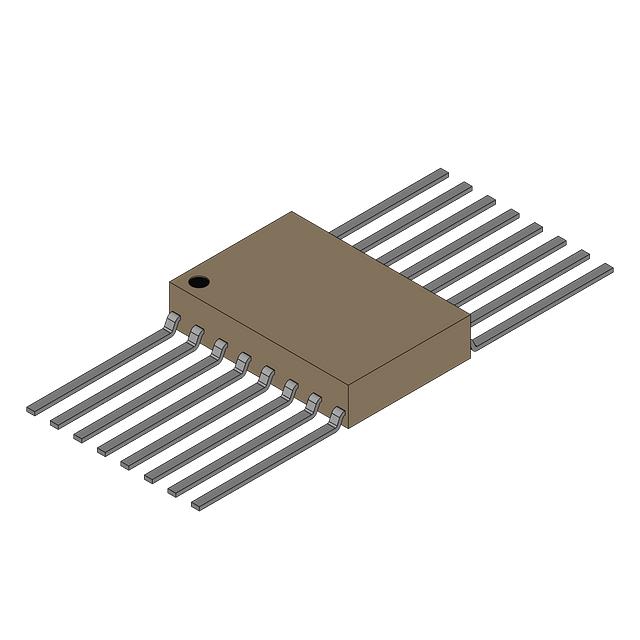


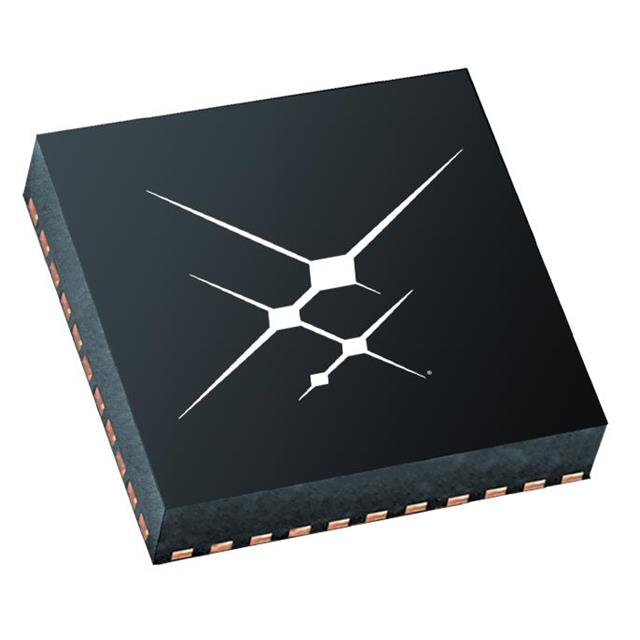




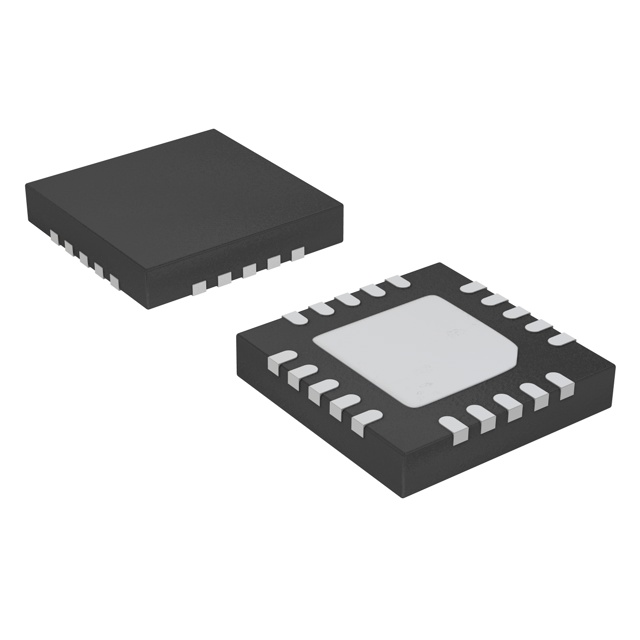


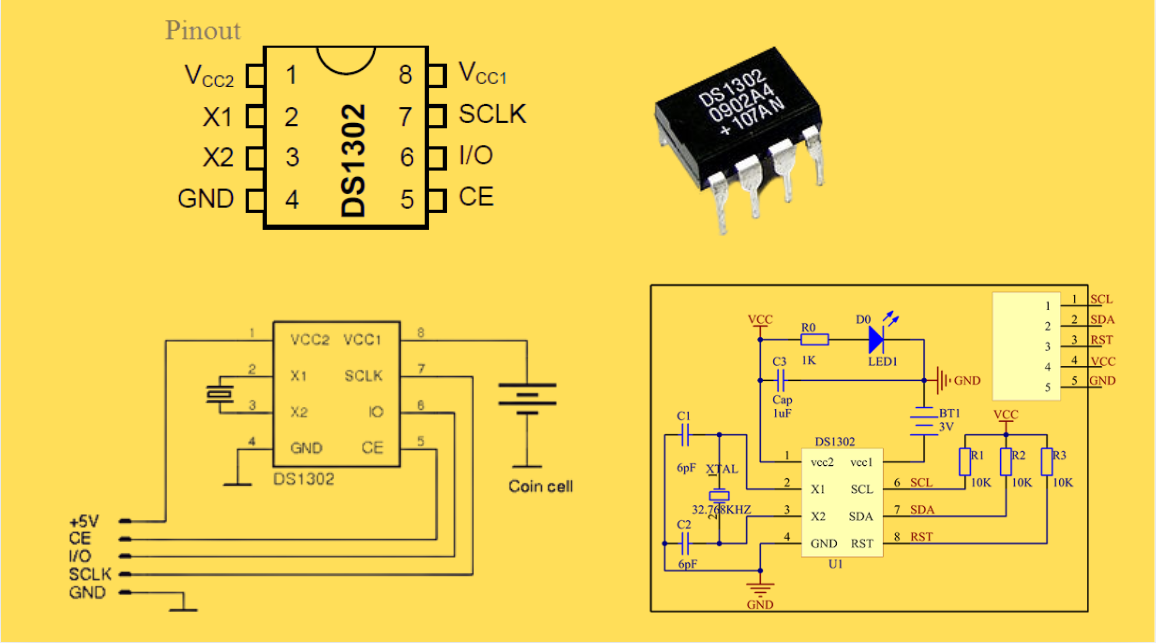
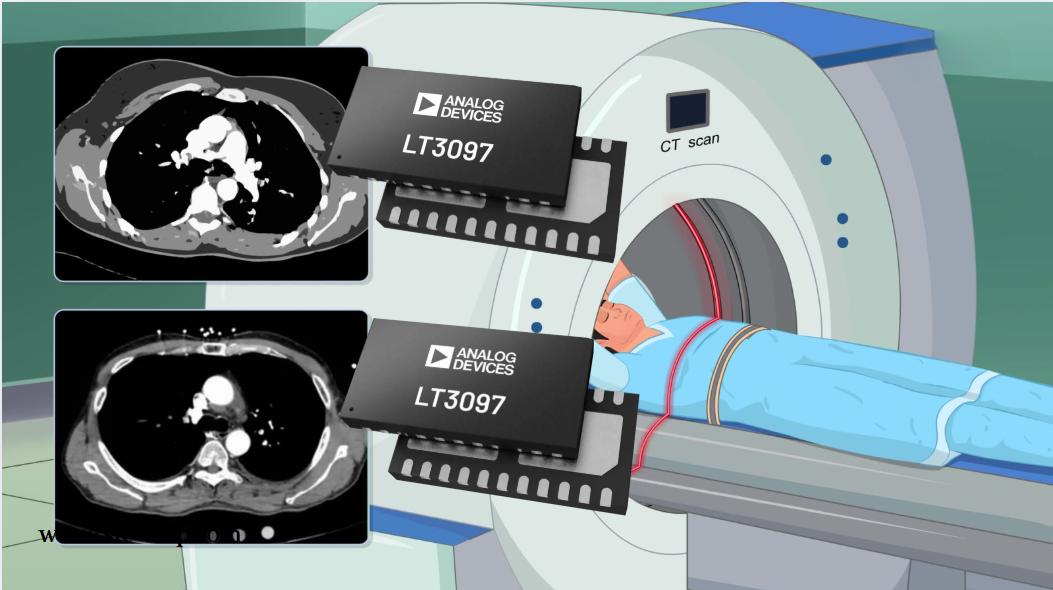
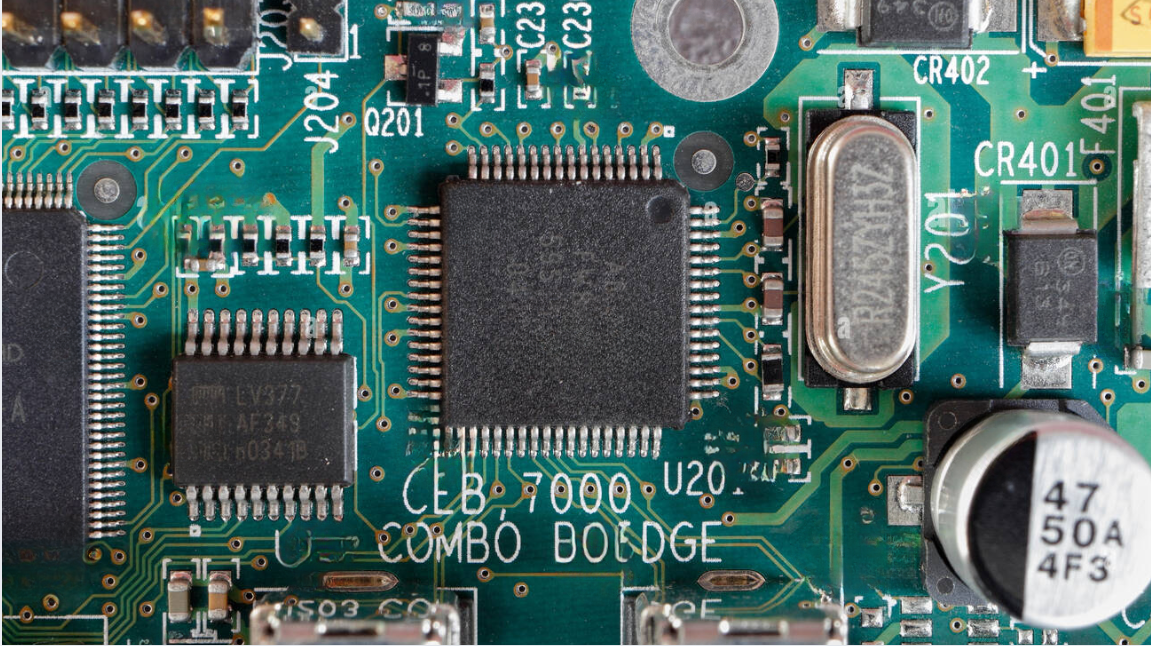
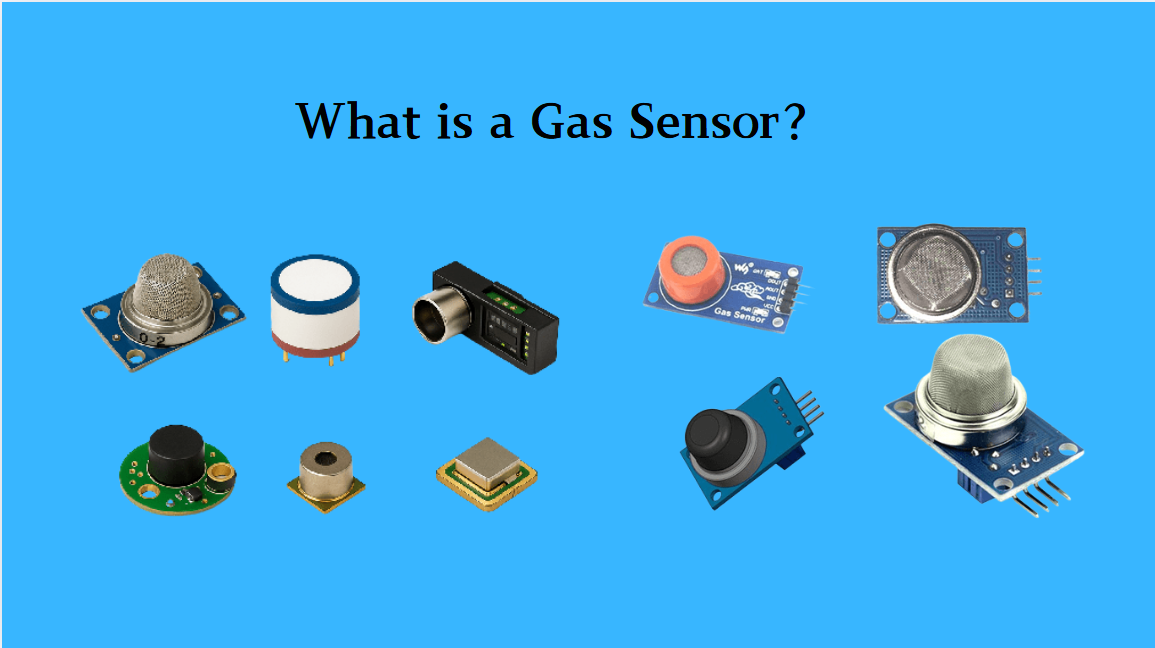
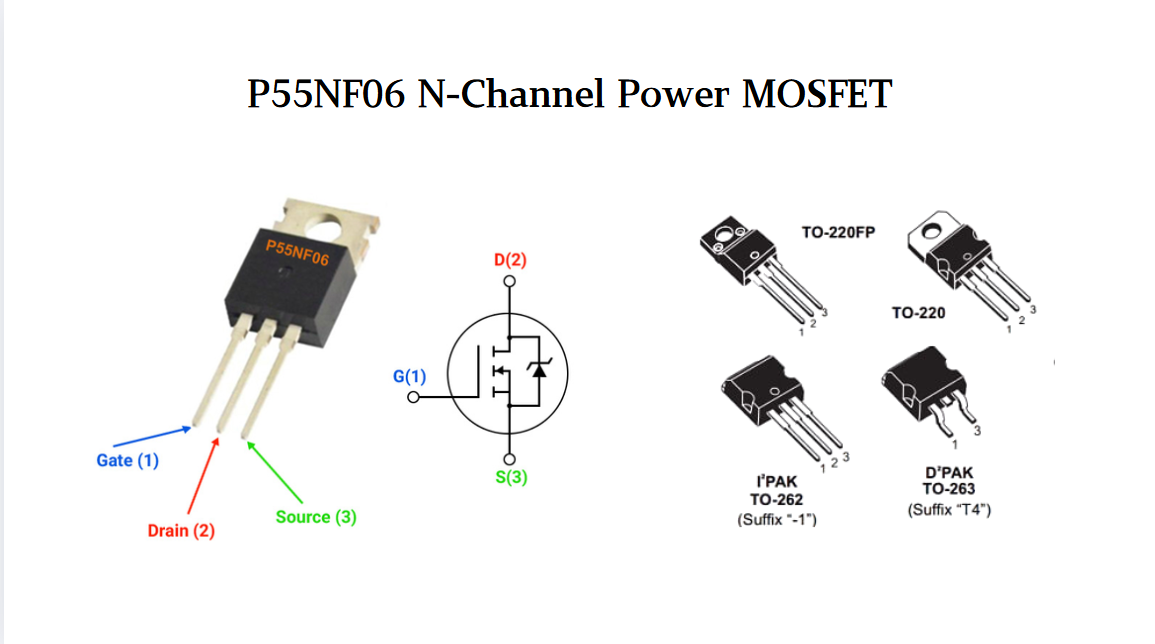
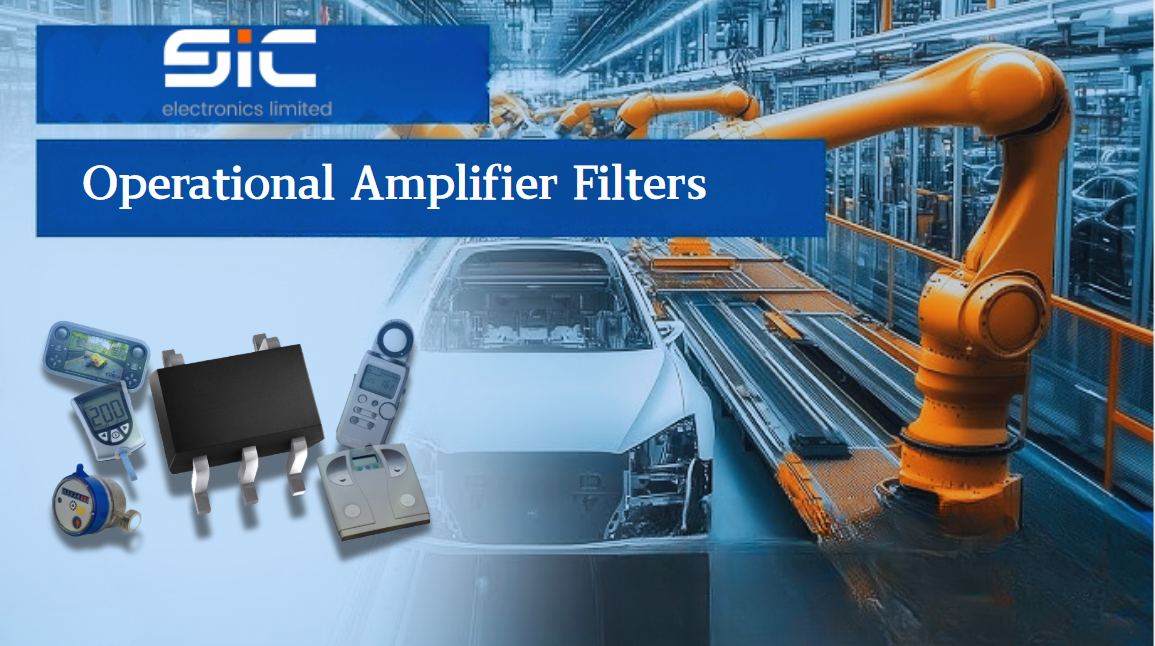
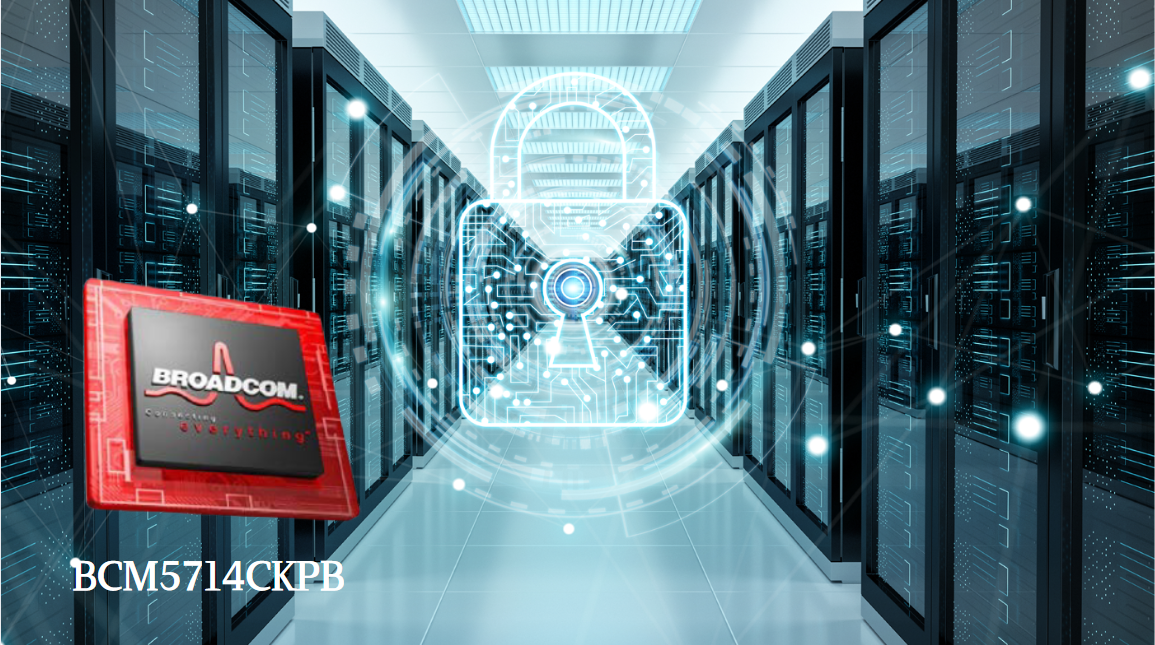
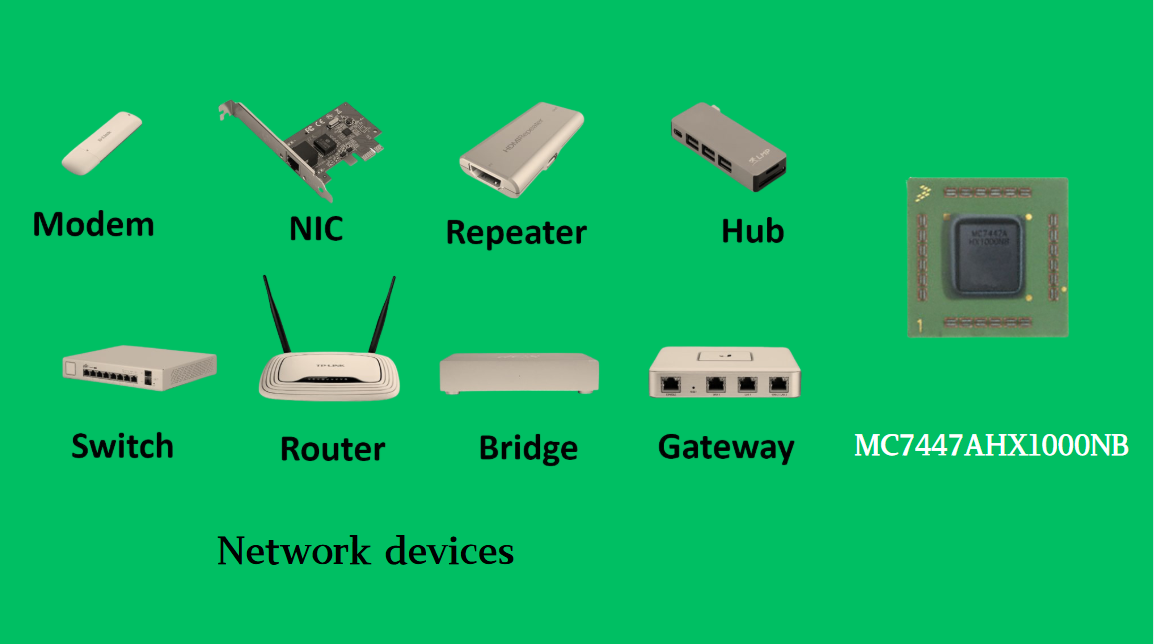

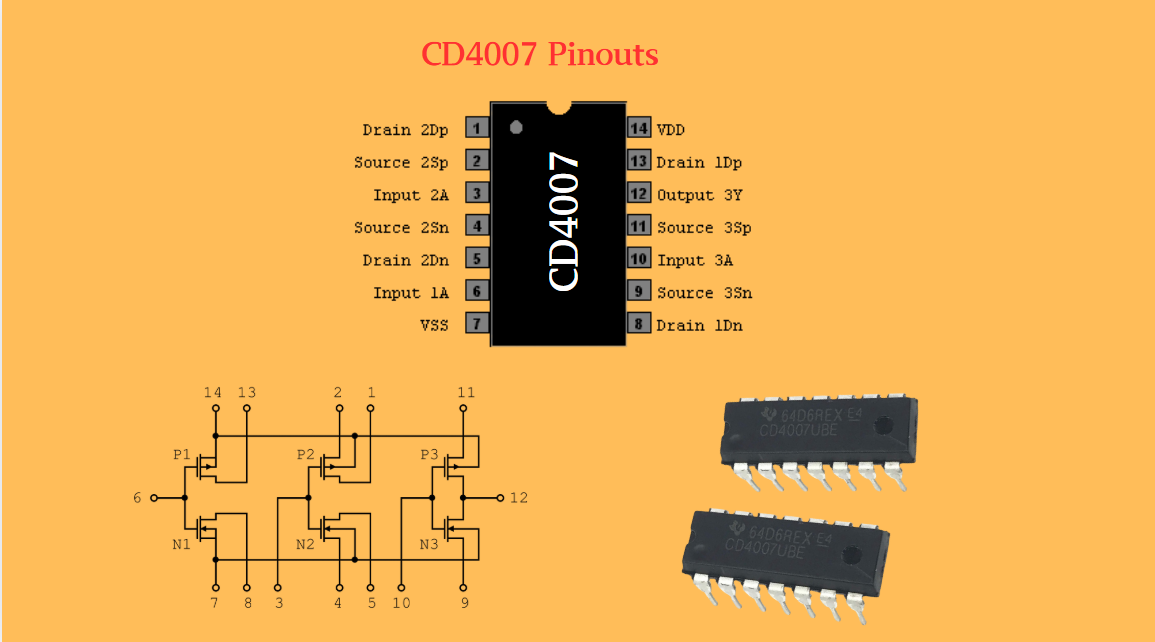
 Wishlist (0 Items)
Wishlist (0 Items)